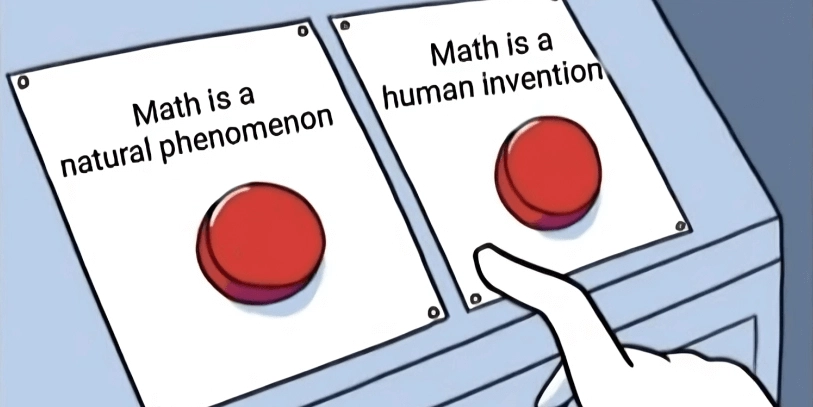
Demystifying JavaScript's "this": A Practical Guide for Beginners
JavaScript's this keyword can be a major source of confusion for new developers. Unlike other programming languages, the value of this in JavaScript changes based on how a function is called and used. This guide breaks down the different ways this behaves, providing clear explanations, practical examples, and a handy reference table to help you master this essential concept. Whether you're writing simple scripts or building complex applications, understanding how this works is crucial for writing effective JavaScript code.
What is "this" in JavaScript? Understanding the Context
The this keyword in JavaScript refers to the context in which a function is executed. It's a dynamic value that can change depending on how the function is called. Before diving into different use cases, it's important to know that the value of this is determined at runtime.
thisis dynamic, not static.- The context depends on how the function is invoked.
- Mastering
thisis key to understanding JavaScript.
"this" Inside Object Methods: Pointing to the Owner
When a function is defined as a method within an object, this refers to the object that owns the method. This is probably the most intuitive case.
In this example, this inside the greet method points to the user object. It allows you to access the object's properties from within the method. The this keyword always refers to the object to the left of the dot when the method is called.
"this" in the Global Context outside functions
When this is used outside of any function or object, it refers to the global object. This behavior varies slightly depending on the environment.
- Browsers: In web browsers,
thiswill output thewindowobject. - Node.js: In Node.js, it points to the
globalobject. - Strict Mode: In strict mode (
"use strict";),thisisundefinedin the global context.
"this" Inside Regular Functions (Non-Strict vs. Strict)
Inside a regular function, the value of this depends on whether or not strict mode is enabled. This is where things can get a little tricky.
- Non-Strict Mode: When the function is called without an object context,
thisdefaults to the global object (windowin browsers,globalin Node.js). - Strict Mode: In strict mode,
thisisundefinedif the function is called without an explicit context. This can often lead to errors if you're not careful.
Arrow Functions and "this": Inheriting from the Surroundings
Arrow functions behave differently than regular functions when it comes to this. Arrow functions do not have their own this context. Instead, they inherit the this value from the surrounding lexical context (i.e., the context in which the arrow function is defined).
Since the arrow function is defined inside the sayHi method of obj, it inherits the this value from sayHi, which is obj. This makes arrow functions useful when you want to retain the outer context. Arrow functions simplify event-handling scenarios and asynchronous operations by preventing the common "this binding" issues experienced.
Explicitly Setting "this" with call, apply, and bind
JavaScript provides three methods—call, apply, and bind—that allow you to explicitly set the value of this when calling a function. This gives you fine-grained control over the function's execution context.
callandapplyimmediately invoke the function, settingthisto the provided object. The only difference is how arguments are passed:callaccepts arguments individually, whileapplyaccepts them as an array.bindreturns a new function withthispermanently set to the provided object. The bound function can then be called later.
"this" in Event Handlers (DOM) for web applications
When using regular functions as event listeners in the DOM (Document Object Model), this refers to the HTML element that triggered the event. This provides a direct way to interact with the element that received the user interaction.
Here, this inside the event listener points to the <button> element that was clicked. This behavior is useful for manipulating the element directly within the event handler. Ensure that the function is a standard function and not an arrow function, as arrow functions will inherit this from the parent scope, which is not the intended behavior in this context.
Quick Reference: "this" in Different Contexts
Understanding this boils down to recognizing the calling context. This table summarizes the behavior of this in different scenarios:
| Context | this refers to |
|---|---|
| Global scope (non-strict) | Global object (window / global) |
| Global scope (strict) | undefined |
| Regular function (non-strict) | Global object (window / global) |
| Regular function (strict) | undefined |
| Object method | The object owning the method |
| Arrow function | The enclosing lexical context |
| DOM event (function) | The HTML element that received the event |
| DOM event (arrow function) | Inherited from parent scope |
With call, apply |
Explicitly set object |
With bind |
Bound object for later use |
Wrapping Up: Mastering "this" in JavaScript
The this keyword in JavaScript can be tricky, but with practice and a clear understanding of the different contexts, you can master it. Remember to focus on how a function is being called to determine the value of this. By keeping these examples and explanations in mind, you'll be well-equipped to tackle even the most complex JavaScript code.























